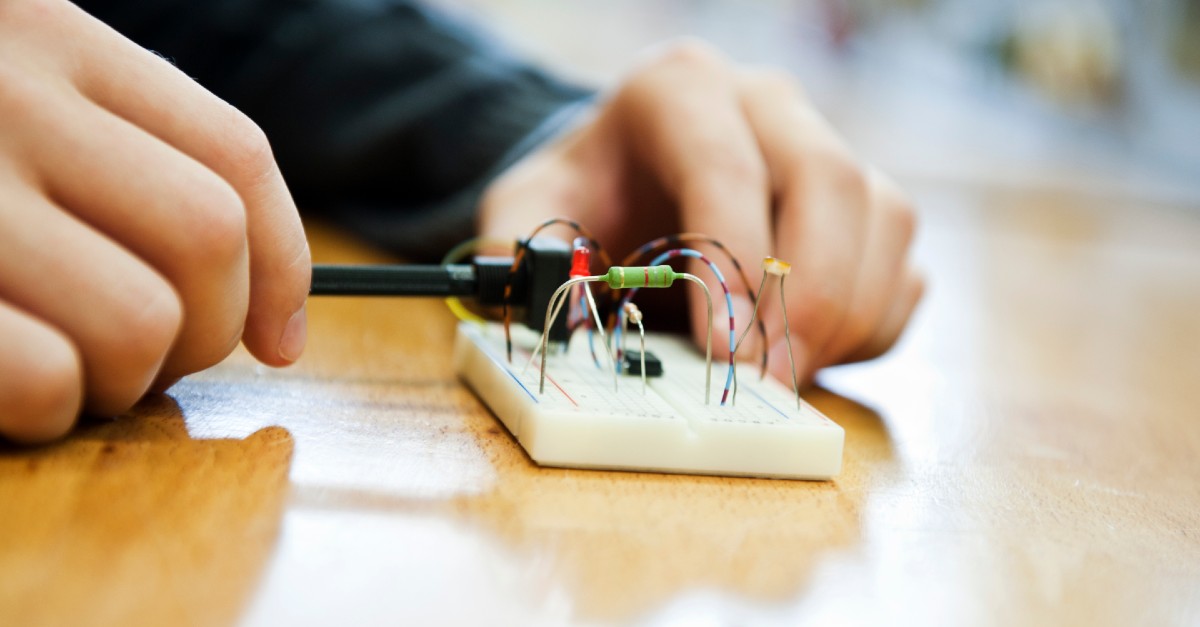Remote learning is tough, but it’s no match for a good teacher. Over the past month, I have witnessed educators perform some truly herculean feats in order to keep their classrooms engaged. We’ve drastically altered the way we teach, mastered an entire library of online tools, and worked with parents to ensure their children are safe, healthy, and learning. Free educational resources have sprung up like flowers in April and everyone seems to be doing their part to help everyone else. It’s encouraging, but it’s only half the battle.
As the old saying goes, “You can lead a horse to water, but you cannot make it drink.” Getting resources to your students is a good thing, but it might not be enough to reignite their passion for learning. The prolonged quarantine can cause students to grow distracted or complacent. By now, many have grown used to a routine of Netflix, Tik Tok, and videogames. If we want to draw them back into the world of education, we need to offer them something priceless: curiosity.
Here are just a few ways you can inspire your students to keep learning!
Who?
Do your students know who Chien-Shiung Wu was? What about Guy Gabaldon? Gladys Aylward? John Snow? (No, not that one!) History is filled with incredible individuals who did amazing things. Yet, all too often their names slip through the cracks of memory and get forgotten. Take this opportunity to introduce your students to some of these unknown heroes. Send them a name and task them with discovering how this individual made an impact on our world. After all, kids could really use some heroes right now, and history has plenty to offer.
What?
What can you do to make a difference? What does your community need right now? One of the best ways to start learning is to have your students ask these very questions. Given the current state of COVID-19, one idea would be to help students curb the spread of sickness. Blue Apple recently developed a free virtual PBL unit which not only teaches students how germs spread, it also empowers them to make a difference by creating their own public service announcements. If you’re searching for something more low-key, why not ask them what they can do to encourage local doctors or senior citizens?
Where?
Where was the potato first discovered? It’s a simple question, but a bit of a head-scratcher. We eat potatoes all the time. They’re a core staple of lunches thanks to the invention of French fries. We even have a state whose major export is potatoes (do your students know which one?). Put your students on the case and have them uncover the answer with creativity and critical thinking. If this question isn’t to their taste, there are plenty more to choose from: Where did the word “ostracize” come from? Where do Monarch butterflies go during winter? Remember, the key is curiosity!
When?
I know what your thinking. The word “When” always conjures up thoughts of dates, and sure, that is one learning option. When was electricity first discovered? When did Jefferson make the Louisiana Purchase? These questions can certainly inspire curiosity in your students, but don’t be afraid to mix things up! Consider using experiments such as Elephant Toothpaste and have students guess what will happen when you combine ingredients like water, yeast, and hydrogen peroxide. Use science experiments (including the ones listed here) to help keep curiosity alive!
How?
Finally, we have “How?”. This one shouldn’t be too difficult because it cuts right to the heart of student curiosity. Not to mention there are a lot of fun options to choose from! How do you make lightning in a microwave using only a grape? How do you dissolve Peeps the quickest? How can you integrate sports and science? Use questions like these to get your students invested, then walk them through a series of exciting experiments they can perform remotely.
Help them rediscover their curiosity, and you’ll help them rediscover their love of learning as well!

